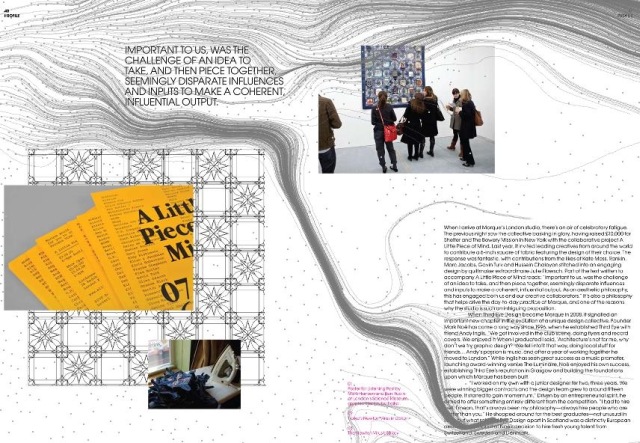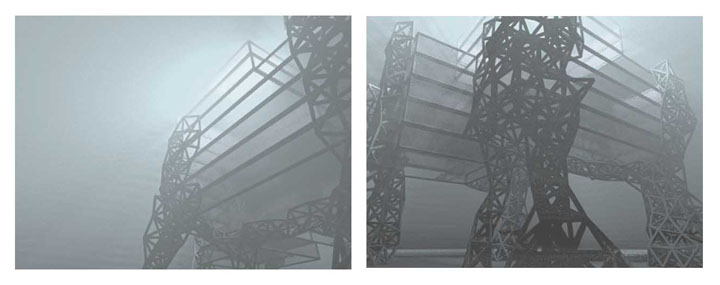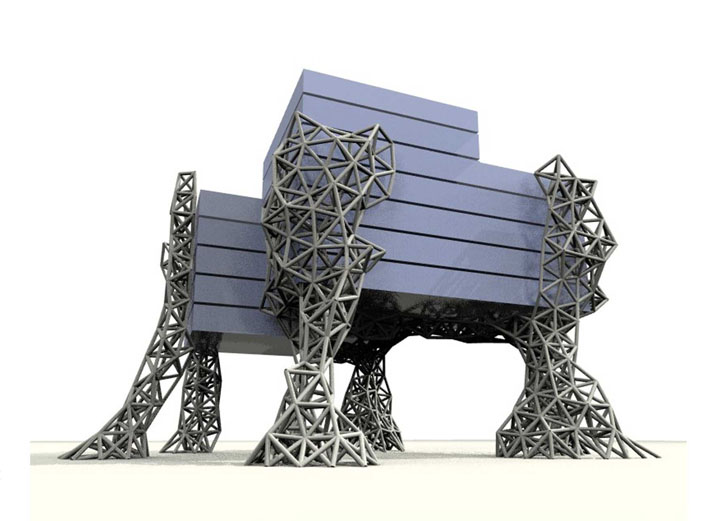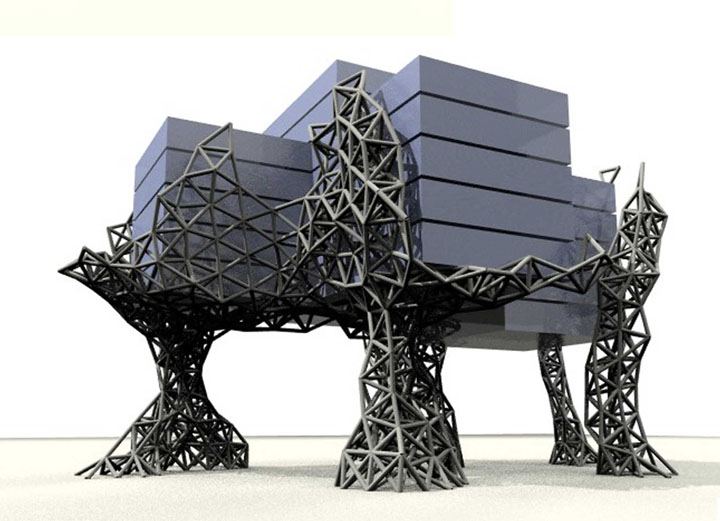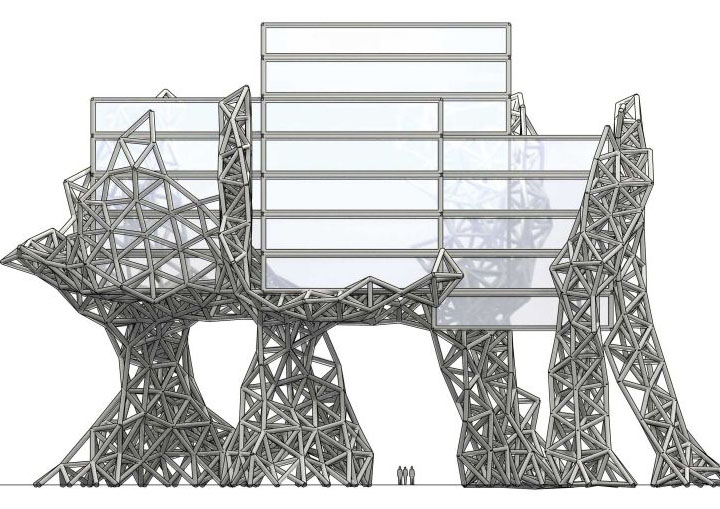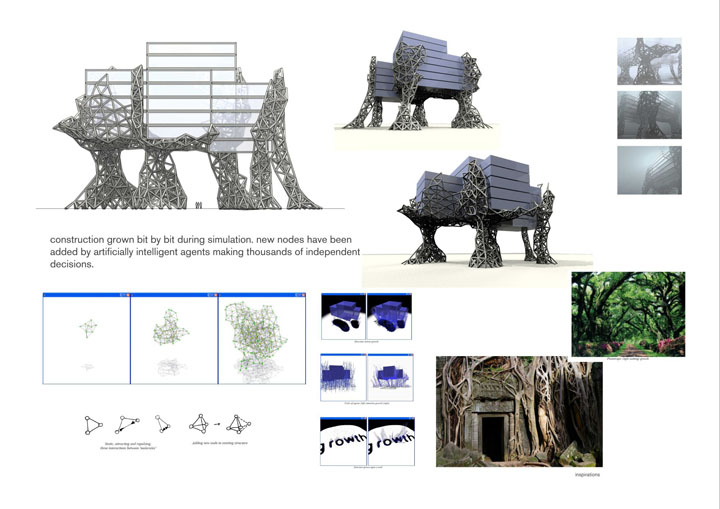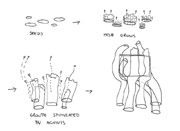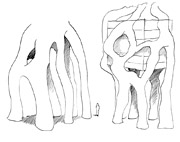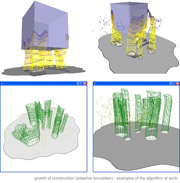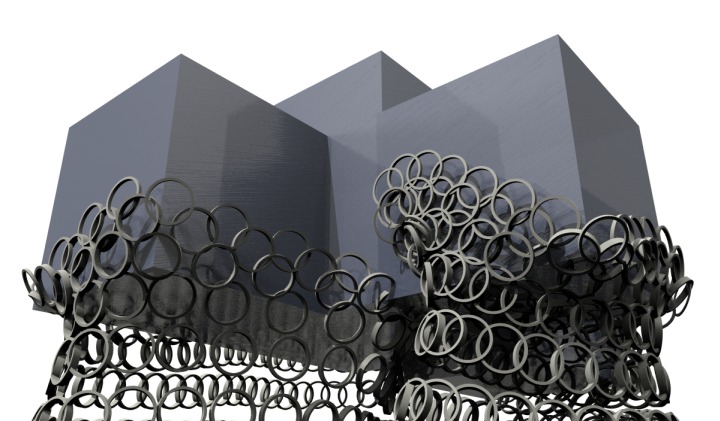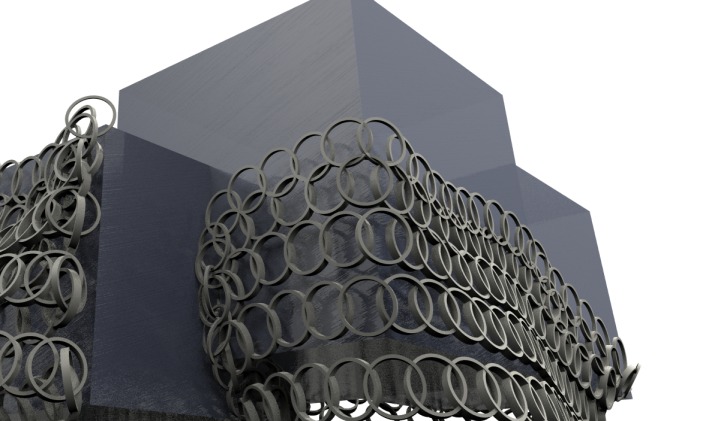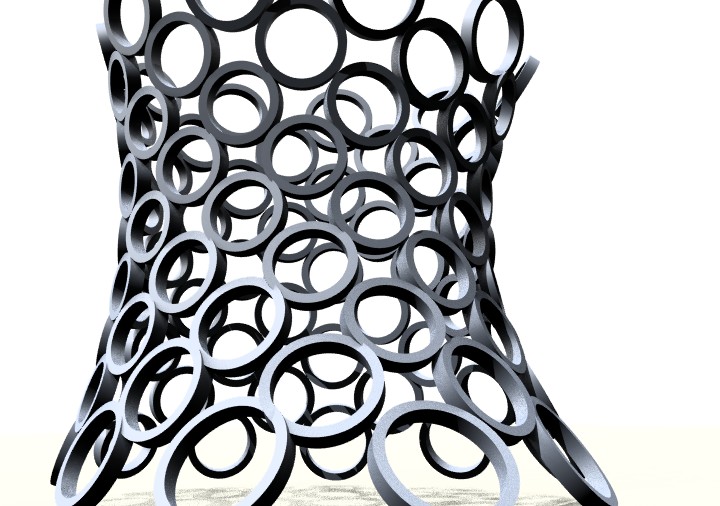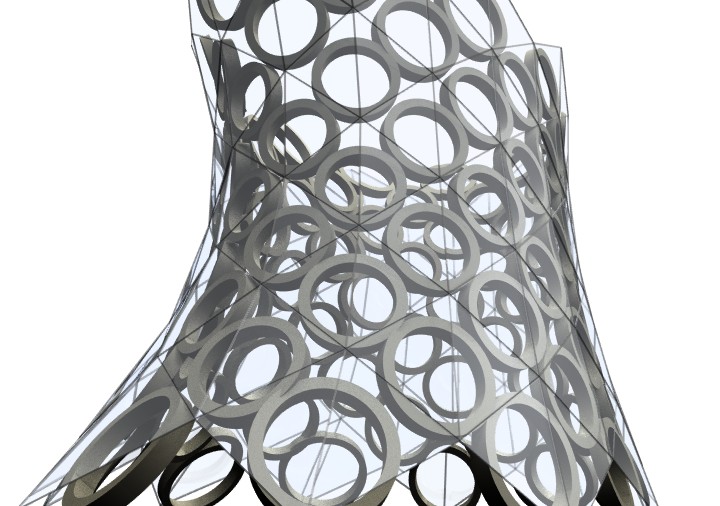Przemek Jaworski was tutoring a 4-day workshop during Smart Geometry 2011 Copenhagen conference. Workshop was mainly focused on parametric and generative techniques in context of urban design, and multi-touch, multi-user collaboration. 6 tangible tables were built during the event, 4 of them powered by Kinect sensors, two by hacked PS3 cameras (for multitouch surfaces). Effects can be seen below:

SmartGeometry2011 – Interacting with Cities from Rafael Roa on Vimeo.
More information about the projects is here.
